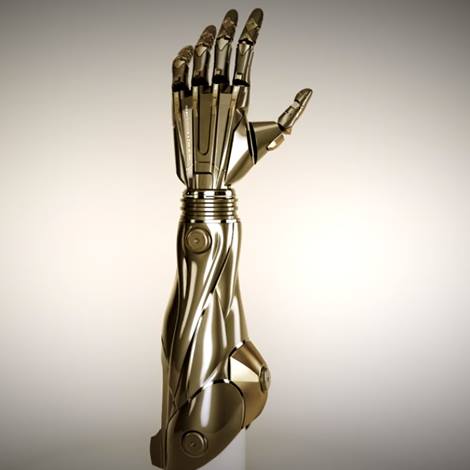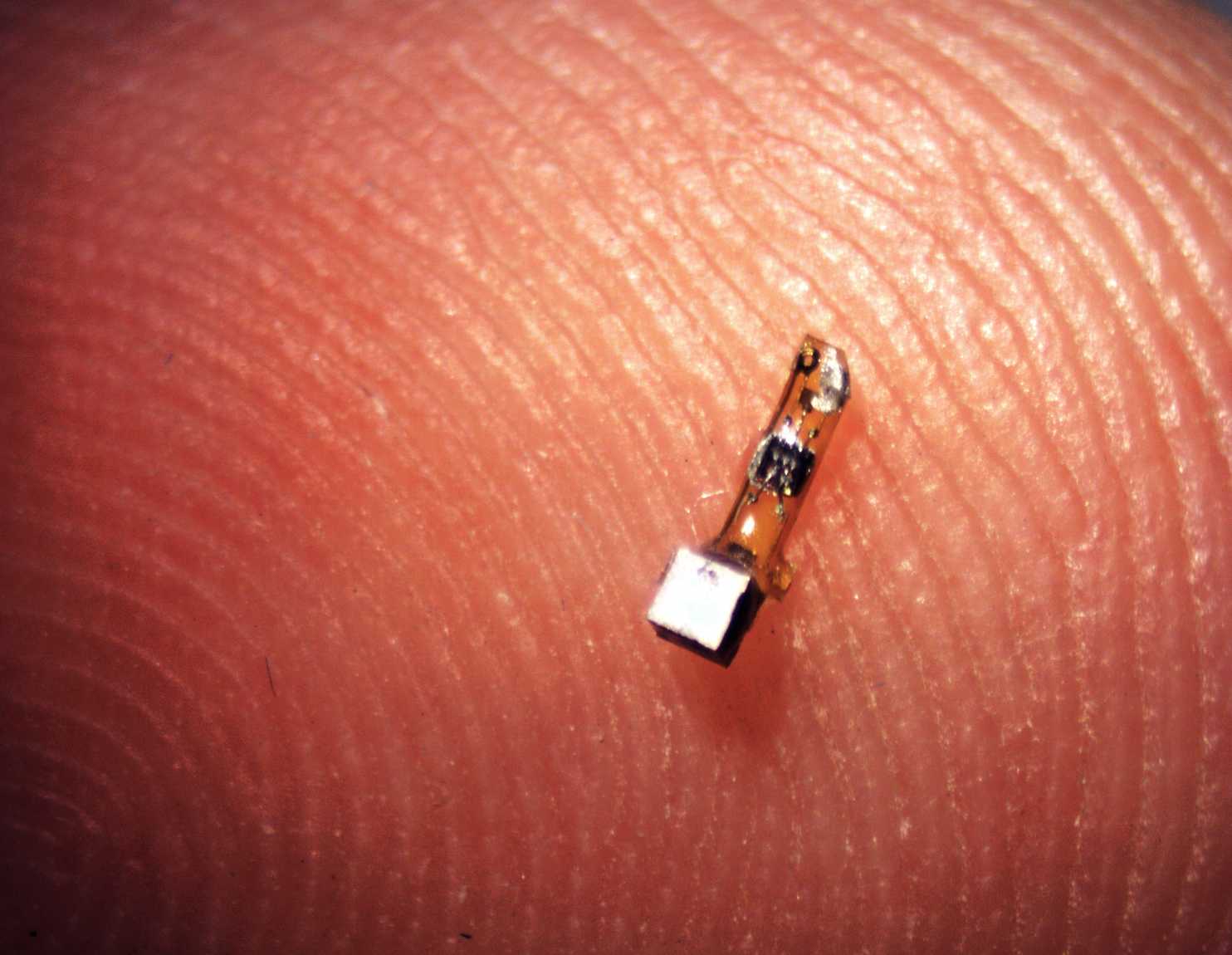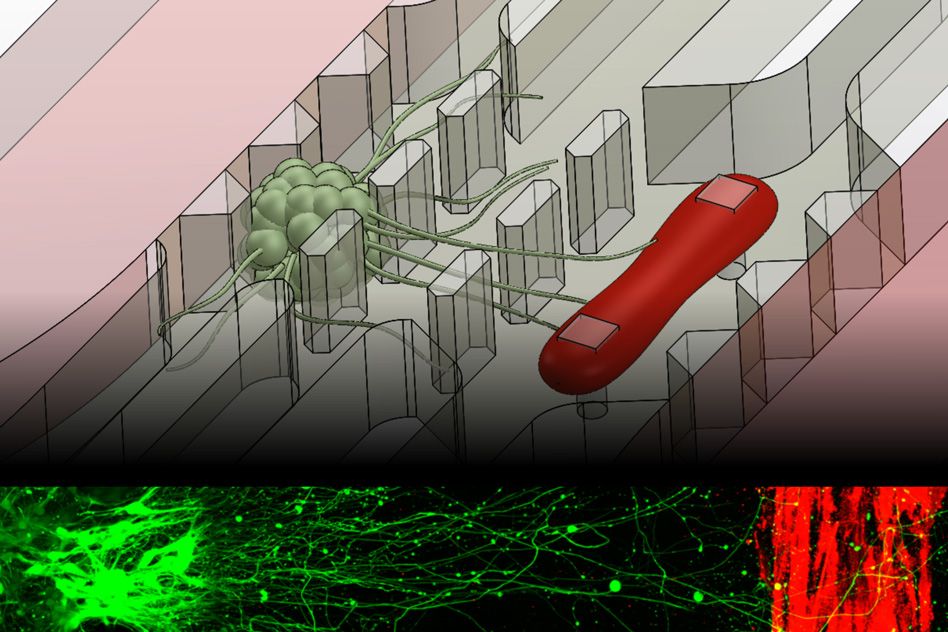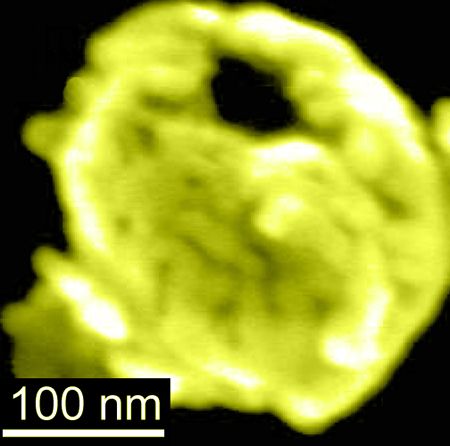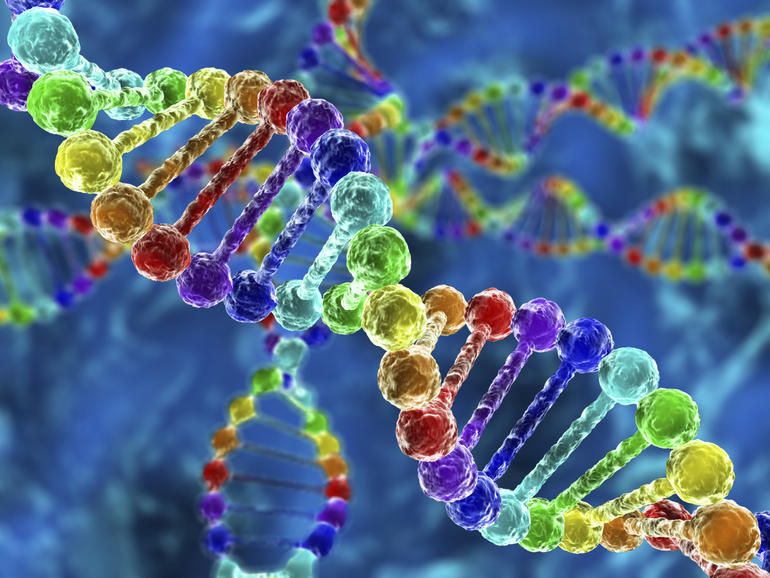Aug 6, 2016
Reversing Aging: Clinical Trials For “Young-to-Old” Blood Transfusions Begin
Posted by Shailesh Prasad in categories: biotech/medical, life extension
California-based startup Ambrosia is starting clinical trials that will see older people pumped with blood from younger donors, in the hopes of rejuvenating their bodies.
Reversing and eliminating aging has always been one of the true Holy Grails of medical science. Like the search for the rumored Grail, the journey to eliminate aging will be a difficult one– and there is some doubt as to whether it is actually achievable.
Continue reading “Reversing Aging: Clinical Trials For ‘Young-to-Old’ Blood Transfusions Begin” »

